Hefeweizen: Where Yeast Meets Wheat
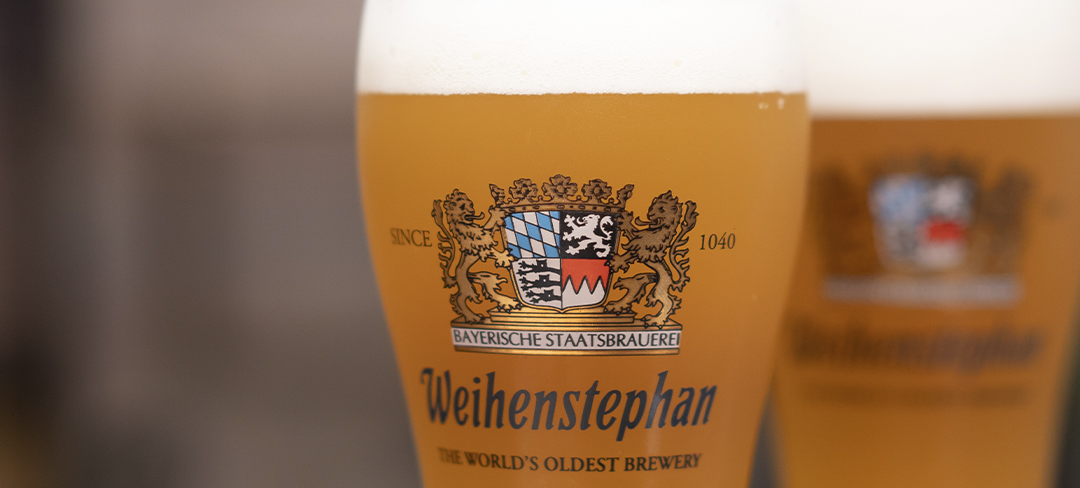
Spend enough time cranking out craft beers and you may eventually come to the conclusion that there are just two kinds of drinkers: Those who adore Hefeweizen, and those who are missing out.

Count BSG Technical Support and Training Manager Ashton Lewis among those who enjoy a vase of Hefeweizen from time to time. (Yes, Hefeweizen is meant to be served in a vase.) Truth be told, Ashton’s brewing two batches at home right now, all thanks to Fermentis SafAle™ W-68 — a new E2U® active dry yeast developed from the iconic Weihenstephan weizen strain.
For more on the traditional German Hefe Weizen, which literally means Yeast + Wheat, Ashton has the mic.
What’s not to love about a family of beers known for its flavors of fresh banana and cloves? Aromatic beers known for reminding reminiscing adults of fruity bubblegum and carefree times? As an additional benefit, these brews can typically be fermented, aged, and served from draft in under two weeks — or about one month if bottle conditioning blows your hair back.
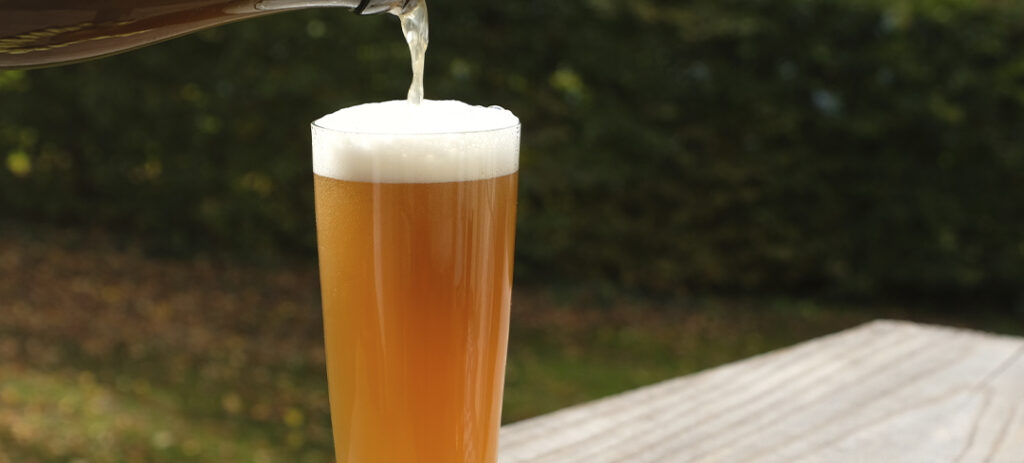
Like many classic styles, hefe weizen is straightforward on paper. Most are brewed with 50-60% malted wheat, 35-45% malted barley, and around 5% other malts like Weyermann® CARAFOAM®, Weyermann® Acidulated Malt, and/or Weyermann® CARAMUNICH® for a pinch of color. Dunkel Weizen, Weizenbock, and Smoked Weizen variants will have more specialty malt and higher wort gravities, but they all begin with gently hopped wort and similar fermentation practices.
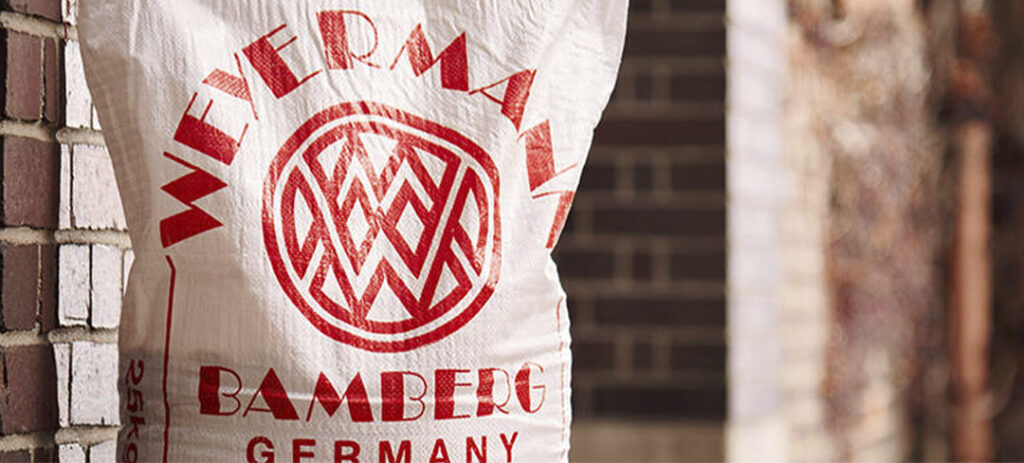
Finding the right weizen strain to deliver the appropriate balance of fruity esters and spicy phenols is key, of course. The famous Weihenstephan weizen strain, simply known as W-68, is arguably the quintessential weizen yeast. Now available as a dried E2U® yeast from Fermentis, it produces a beer that’s fruity on the nose but not bitter on the palate. As the old saying goes, the proof is in the kräusen, or something like that.
If you’re looking to brew a classic style that appeals to today’s beer consumer, give W-68 a whirl and brew a traditional Bavarian weizen.

The Official Bavarian Breakfast Beer
Go to Munich. Find a restaurant serving Weißwurst Frühstück. This is the “Weisswurst Breakfast,” a Munich specialty dating back to 1857. Alongside a hearty pour of fresh-brewed Hefeweizen, you will enjoy a soft salty pretzel and a serving of weisswurst, a whiteish sausage made from veal, pork, and a blend of spices. Compare to Wheaties and get back to us.
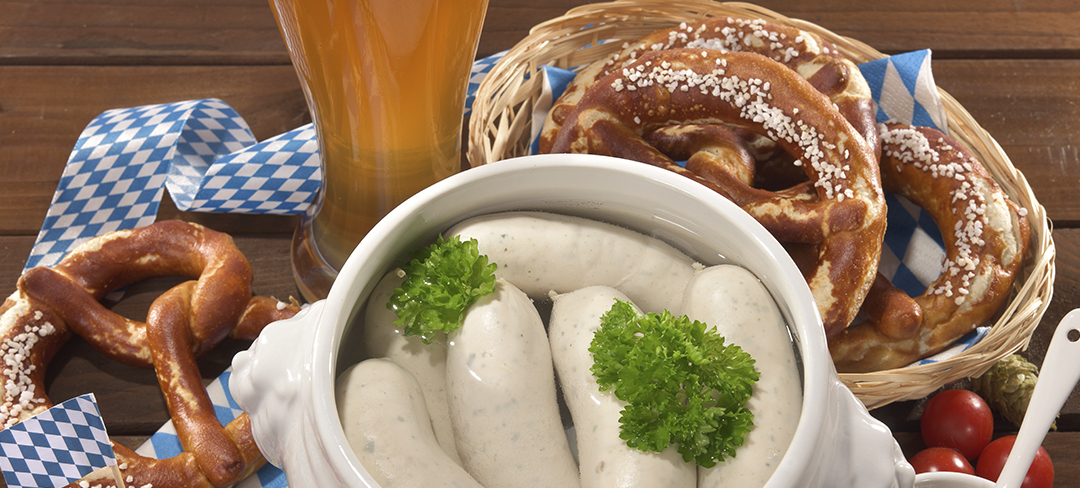
Modern Commercial Varieties
Live Oak Hefeweizen (Del Valle, TX)
Fat Head’s Goggle Fogger (Middleburg Heights, OH)
New Glarus Dancing Man Wheat (New Glarus, WI)
Ayinger Bräuweisse (Aying, Bavaria, Germany)
Paulaner Hefe-Weissbier (Munich, Germany)
More On Malt
Weyermann® Pale Wheat Malt (50-60%)
An ideal foundation grain for continental wheat beer styles like Hefeweizen and Kristallweizen, it adds very little color to wort but contributes a robust, malty-sweet flavor with notes of bread, nuts, biscuit, toffee, and light caramel.
Weyermann® Pilsner Malt (35-45%)
A German, lager-style base malt produced from high-quality, 2-row spring barley, it contributes a pale-straw color to wort and adds mild, malty-sweet flavor with gentle notes of honey.
Weyermann® CARAFOAM® (5%)
A drum-roasted caramel malt made from German two-row barley, it can contribute to improved foam and head retention, as well as a fuller body.
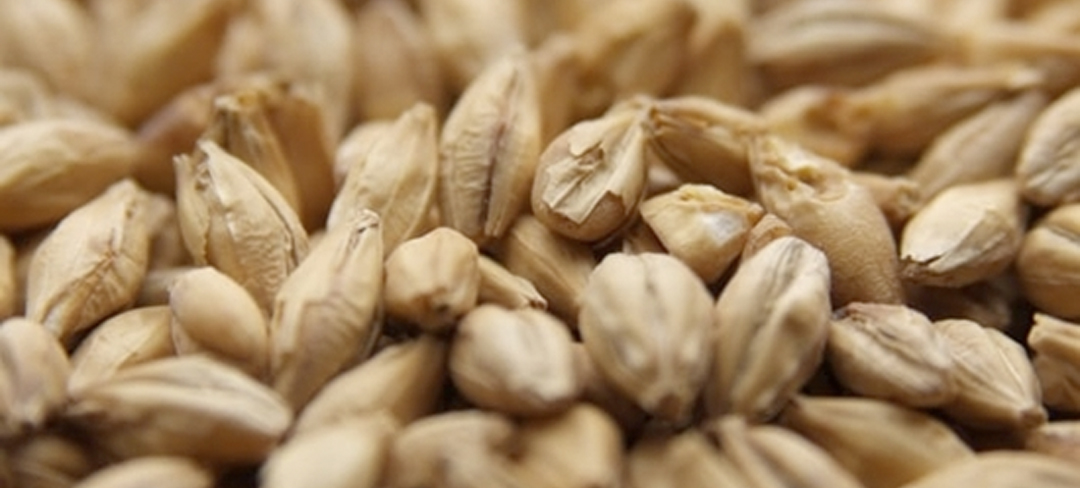
Gotta Have Noble Hops
German Hallertau Mittelfrüh – The signature landrace variety of the Hallertau region in Bavaria, Hallertau Mittelfrüh is, at least to some, the epitome of noble hops.
German Hallertauer Magnum – Known for a very smooth, clean bitterness along the lines of Nugget and Horizon. High alpha content gives excellent bittering power for any hoppy style; great for German Pilsner.
German Tettnanger – The major landrace variety in the region of the same name in far southern Germany, Tettnanger offers a mix of floral, fruity, herbal and spicy – fresh herbs, grass, dried flowers, citrus peel, black tea.
German Perle – A mild and bright aroma hop with mint and spice overtones.
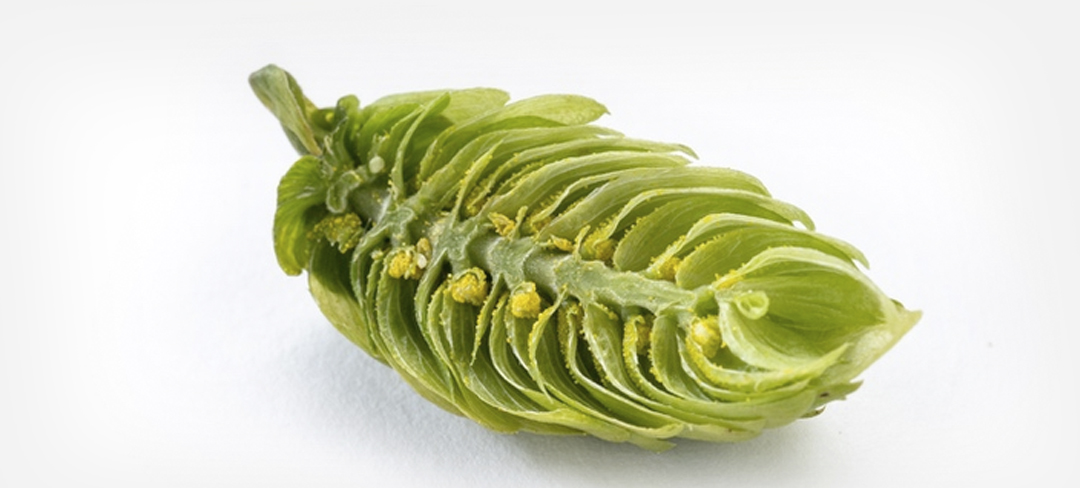
Yeast
Fermentis SafAle™ W-68 – A specialty yeast selected for the production of aromatic beers with typical phenolic character (clove and peppery notes) and rich in fruity and floral flavors. Suitable for a great variety of wheat-based beers and fruity-spicy oriented styles. Yeast with a medium sedimentation; forms no clumps but a powdery haze when re–suspended in the beer.

Resources
https://beerandbrewing.com/dictionary/84fU3qNtk5/
https://www.bjcp.org/beer-styles/15a-weizenweissbier/
https://www.packingmysuitcase.com/2015/12/27/the-traditional-bavarian-breakfast/